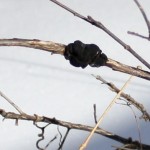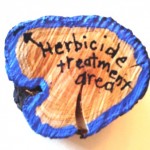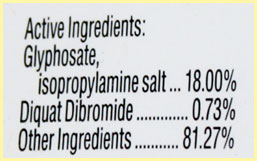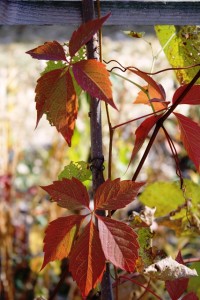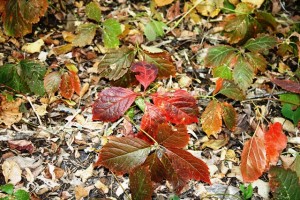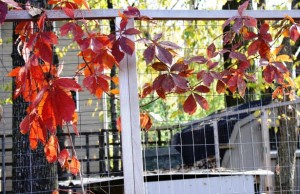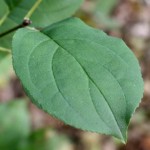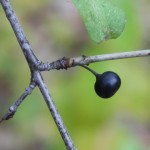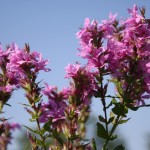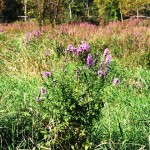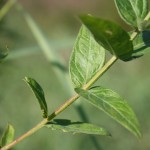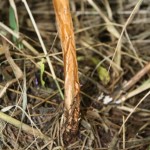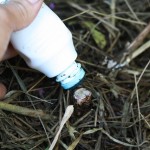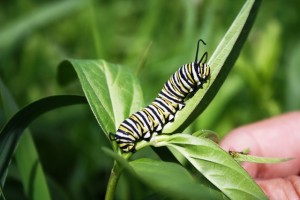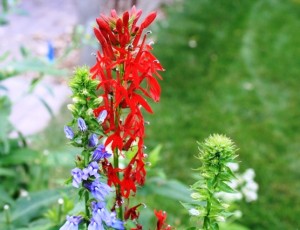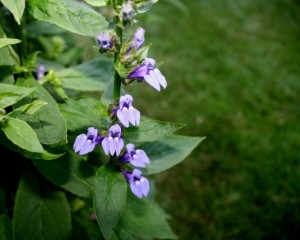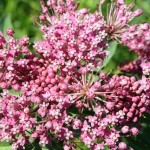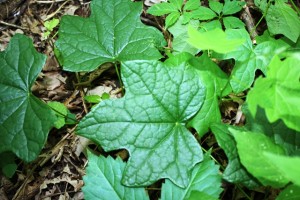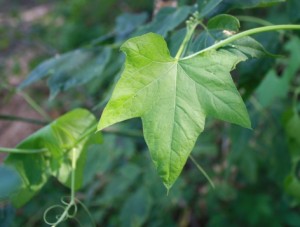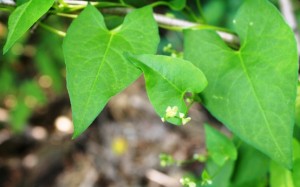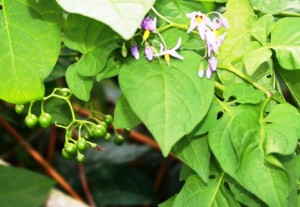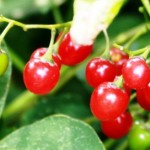While walking through a woodland, have you ever noticed the occasional black stuff on twigs that resembles burned marshmallows? A fellow master naturalist suggested the black stuff looks like scat on a stick. The black stuff is neither of these but rather a fungus called “black knot”. Black knot fungus grows on species in the Prunus genus which would include our native black cherry, choke-cherry, pin cherry, American wild plum and a few others.
By properly pruning away and removing the fungal growth, plants typically recover from black knot fungus if treatment occurs early enough. If you decide to prune black knot fungus from your cherry or American wild plums trees and shrubs, here are some tips that I found to be helpful:
1. Prune in dry weather, preferably during winter.
2. Don’t leave the black growths in the woodland. Place them directly into a bag after pruning and then burn or keep bagged and place in your garbage.
3. Prune 3 – 6″ below the fungal growth or until the pith of the branch is clear without dark spots. Prune the infected branch to a point where the fungus is no longer visible to avoid return of the black knot fungus.
4. When you are through pruning, clean pruning blades with rubbing alcohol to avoid spreading spores during future use.
5. If you are still with me, check out this video of me pruning black knot in my woodland.
The good news is that there is a bit of a silver lining to finding black knot fungus. Buckthorn resembles plants in the Prunus genus but buckthorn is not susceptible to black knot. Therefore, if you do find black knot on woodland shrubs or small trees you have certainly found a native plant that is valuable to native wildlife.
Get outside today and notice something interesting about nature. Nurture a native tree and kill buckthorn!
